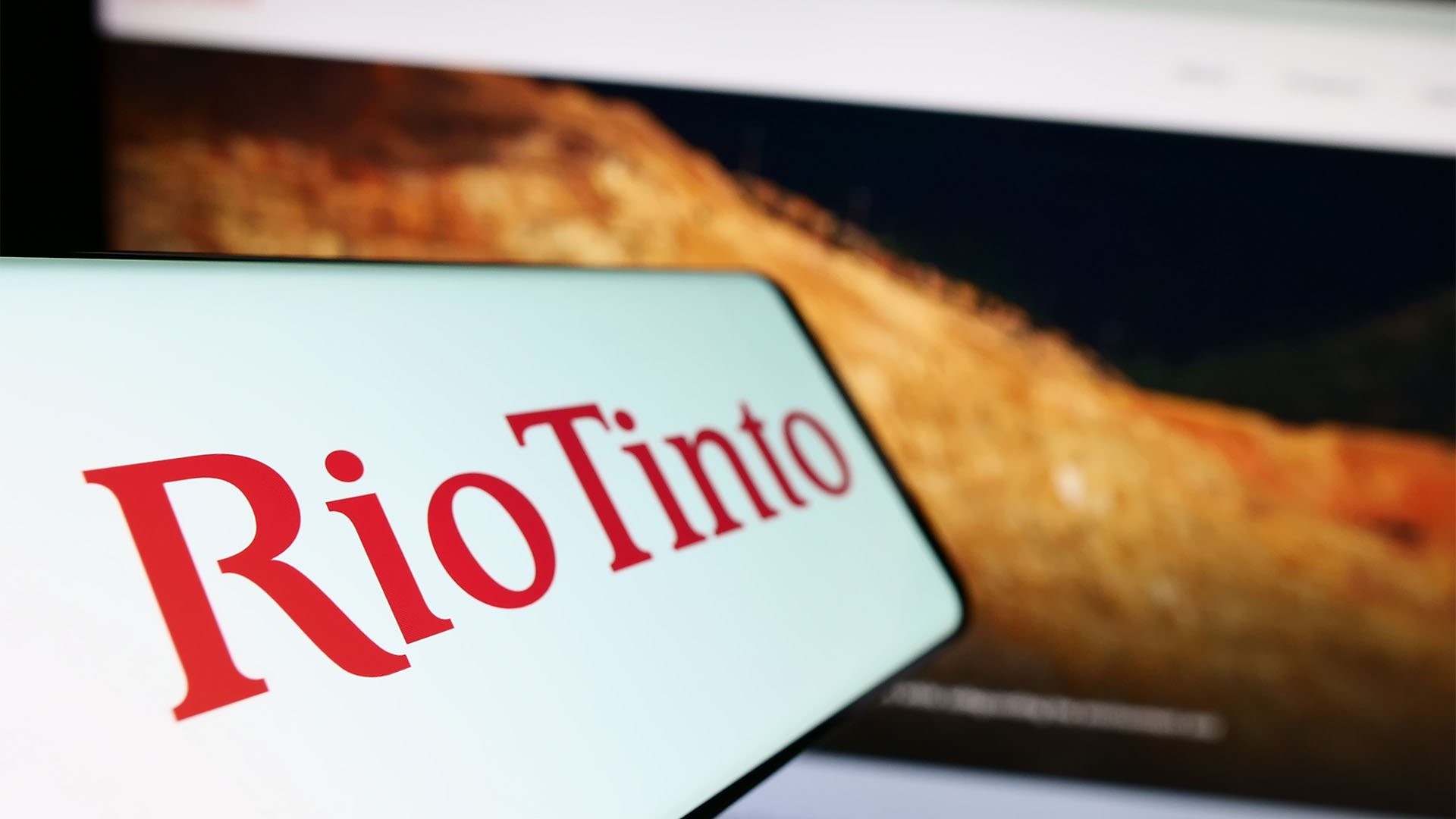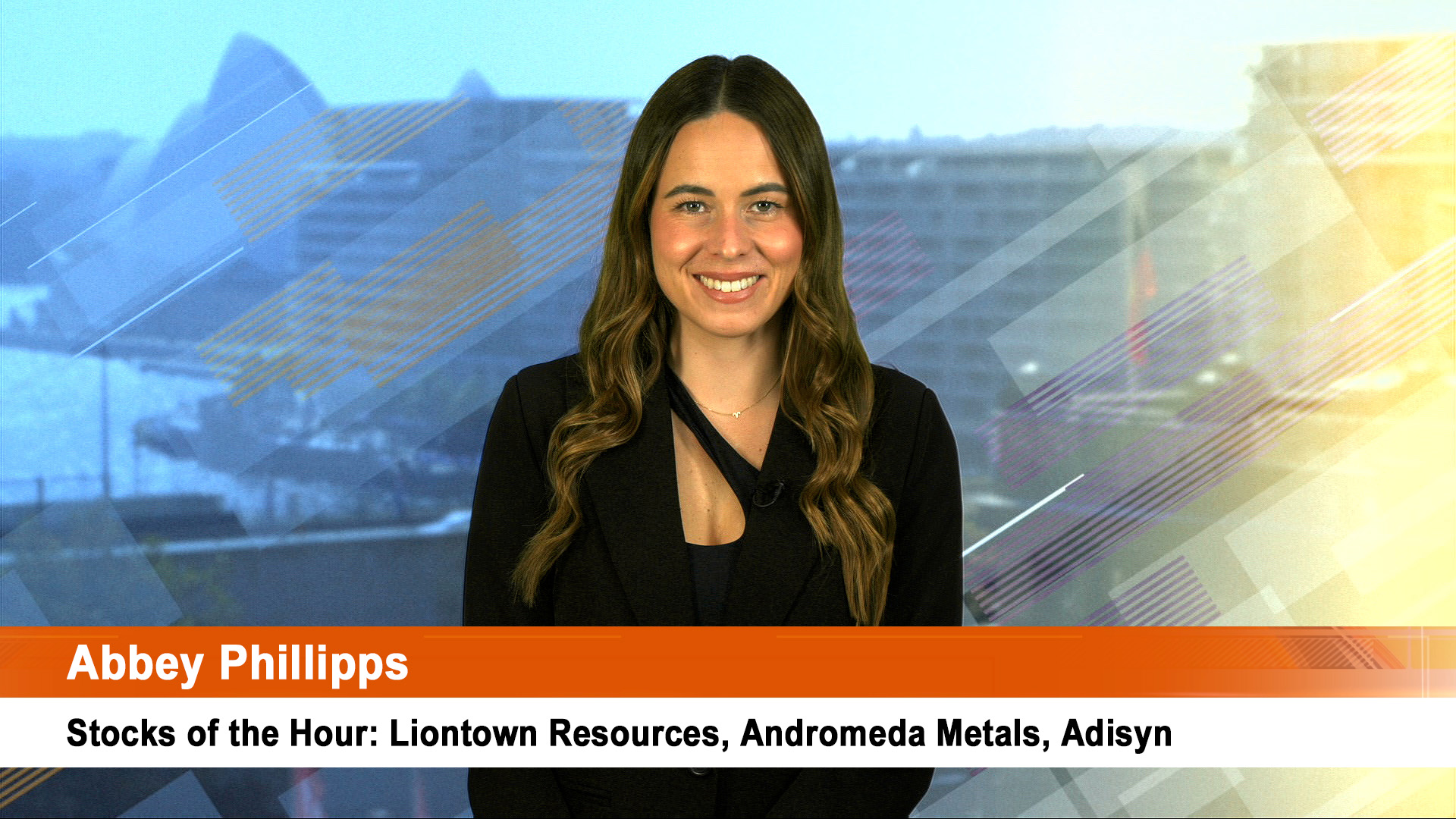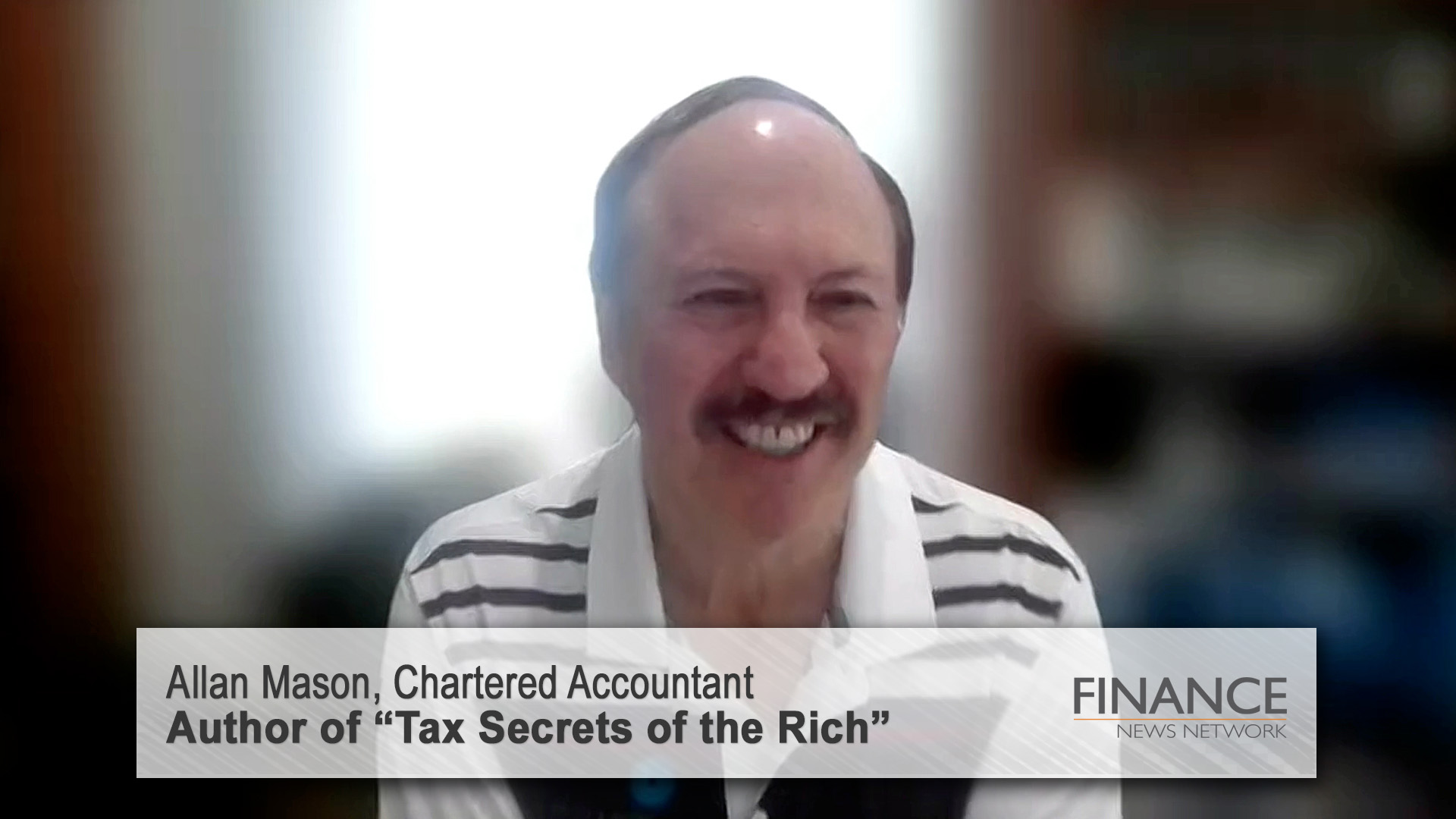The annual results of CSL yesterday highlighted, quite nicely, the swings and roundabouts from the way currencies are moving and what companies are doing to protect and reshape their businesses.
In fact the CSL results were a far better illustration of the negatives and positives, than the reviews and job losses revealed by OneSteel, Qantas, GWA and Westpac on Tuesday, and more expected from the likes of BlueScope Steel next week.
And the CSL announcement also undermines the current belief that the strong dollar is going to weaken Australian business, especially manufacturing.
CSL revealed that it will spend a quarter of a billion dollars revamping its Australian plants, including a new state of the art blood plasma factory in Melbourne that will export into the US, Europe and Asia.
Hundreds of new jobs will be created on the construction, and then in the plant which will take five years to build.
The company revealed the plans yesterday after it revealed a lower profit, thanks to the strength of the Australian dollar against the US dollar.
CSL said the new facility would manufacture Privigen, its intravenous immunoglobulin treatment for people whose immune system does not function properly.
CSL, which currently makes Privigen at its main manufacturing plant in the Swiss capital of Bern, will export the product from Broadmeadows to the US, Europe and Asia.
And why?
Well that Swiss plant is being hurt by the record highs the Swiss franc has risen to against the weak US dollar and euro in recent months (and since 2009 in fact).
CSL CEO Brian McNamee told the media yesterday that the weakening US dollar and euro against the Swiss franc was causing "significant problems" for CSL.
"This is a 10 to 20 year decision not a one year decision. (The plant) will be designed for further modular expansion." Construction on the new plant is expected to be completed by 2016."
It’s a decision which also shows what a strong currency can force a company to do: move up the value-added chain, out of cost-driven businesses and into high technology, high value products.
The company earlier reported a 10.7% drop in net profit to $940.6 million for the 12 months to June 30.
CSL, which generates 90% of its profit overseas, was hit by $116 million worth of unfavourable foreign exchange movements.
On a constant currency basis, operational net profit grew 14% to $1.06 billion, excluding a one-off contribution from the sale of pandemic influenza vaccine (H1N1) in the prior period.
Dr McNamee said in yesterday’s statement, “This is an impressive result in what has been a turbulent period. Despite the global economic instability CSL’s performance has demonstrated its underlying momentum and resilience".
But the market ignored that and news of the new plant and took fright at the profit fall and the size of the currency hit and sold the shares down 2.6% or 79c to $29.07 yesterday.

Dr McNamee said CSL expected growth in reported profit of 10% for 2012 financial year, based on fiscal 2011 exchange rates.
"However the US dollar is currently trading at historic lows against the Swiss Franc and should current rates prevail throughout the fiscal year we anticipate a foreign exchange headwind to fiscal 2012 reported profit," he said.
Revenue fell 6.6% to $4.32 billion.
Meanwhile, CSL has completed its on-market share buyback and yesterday foreshadowed further capital management initiatives, including a possible 5th share buyback.
The company had $479 million cash on hand at June 30 and Dr McNamee said cashflow remain "robust".
CSL will pay a final dividend of 45c per share, 4.4% of which will be franked.
That takes the total for the year to an unchanged 80c.
But as the buyback was conducted during the year, shareholders effectively got a big payout from that (that’s if they accepted).
Normally, a company selling its products in US dollars like Woodside Petroleum, would be reporting results with commentary similar to that of CSL when it was talking about its 2011 full year result and the impact of the high Aussie dollar on the outcome.
Woodside has been hit by that strength, but its main products, oil, natural gas and LNG, have also seen significant price rises this year, especially oil.
In fact the rapid rise in oil prices outpaced the rise in the Aussie dollar, so that by the end of the six months to June 30, Woodside was ahead, as was apparent when the half year production and revenue figures were released in July.
The higher prices also outpaced a fall in production in the first half of the year that was detailed in last month’s interim production report.
Yesterday we saw just how well it did and a 3.6% rise in underlying profit doesn’t sound much, but it did enable the company to report results that topped estimates from gloomier analysts.
The market liked that news at first and pushed the shares up 68c or nearly 2% to $38 in early trading, but they turned down during the day to a low of $37.06.
But sentiment turned in late trading and the shares jumped 44c to end 1.2% higher at $37.76.













